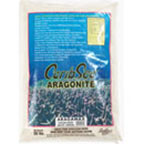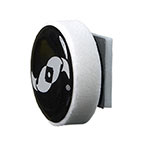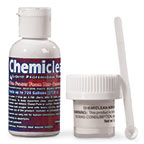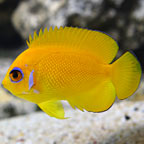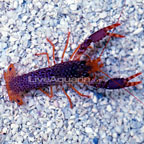
Additional locales and sizes may be available!
Additional locales and sizes may be available! Email me when availableQuick Stats
What do these Quick Stats mean? Click here for more information
What do these Quick Stats mean? Click here for more information
Overview
It is peaceful and multiple specimens may be kept in a large tank. It generally will not bother other inhabitants of the aquarium, except for sessile or other bottom dwelling animals. Live rock with multiple crevices and hiding places would provide a good environment. It may be shy when first introduced, but once acclimated, will be more visible.
It is capable of making a sound that is very similar to a cicada (locust). It may perform a dance-like maneuver, whipping its long, split white antennae as it moves about the tank.
It will eat most all types of meaty foods that are placed in the aquarium. It is sensitive to high levels of copper-based medications. It is extremely difficult to breed in an aquarium.
Approximate Purchase Size: Small: 1" to 2"; Medium: 2" to 3"; Large: 3" to 5"



